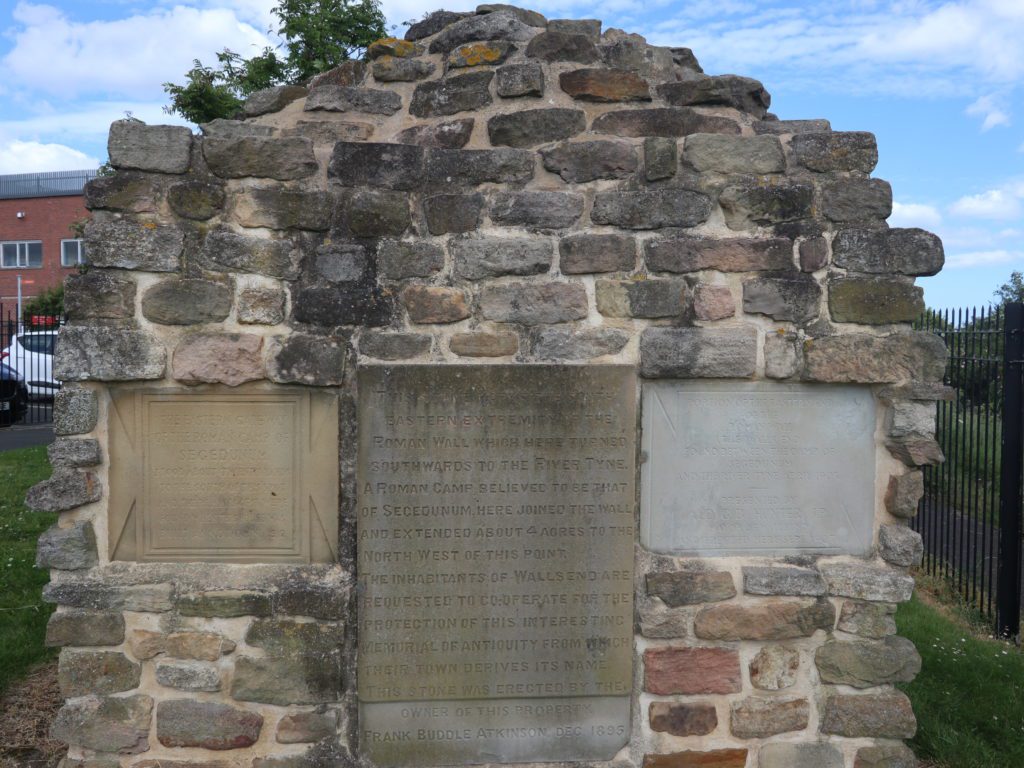
The Eastern end of the Roman wall is, fittingly, at a town called Wallsend. It sits on a bluff above the Tyne River, about five miles inland from the open sea. But if you are the type of person who wants to walk the entirety of Hadrian’s Wall across England, you’re probably also the kind of person who needs to see both coasts.
We built in an extra day to do just that before our walk — and just in case we had jet lag or lost luggage. We had neither, but enjoyed exploring this magical part of the north east.
Whitley Bay boasts a wide sandy beach between the Tynemouth cliffs and St. Mary’s Lighthouse. While it never became a massive seaside resort like Brighton, it attracted many beachgoers and holidaymakers.
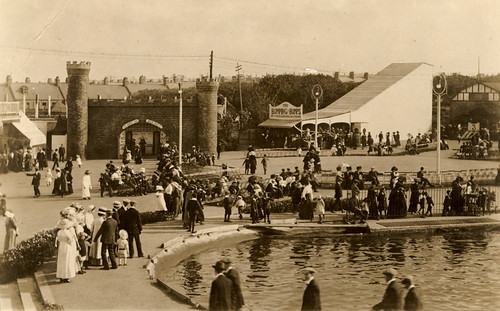
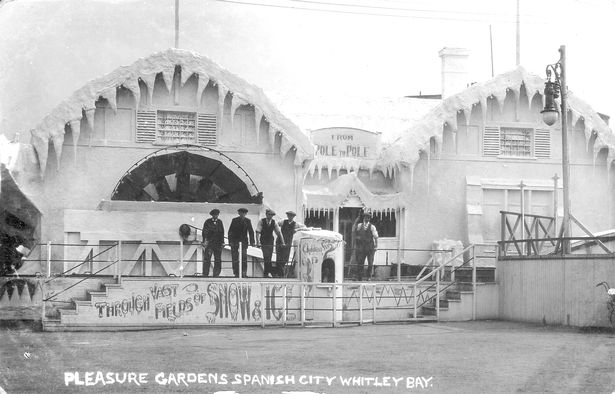
They were entertained by multiple theatres, carnival rides, dance halls and small amusements. The anchor of the district was the Spanish City, a bright white stucco domed building.
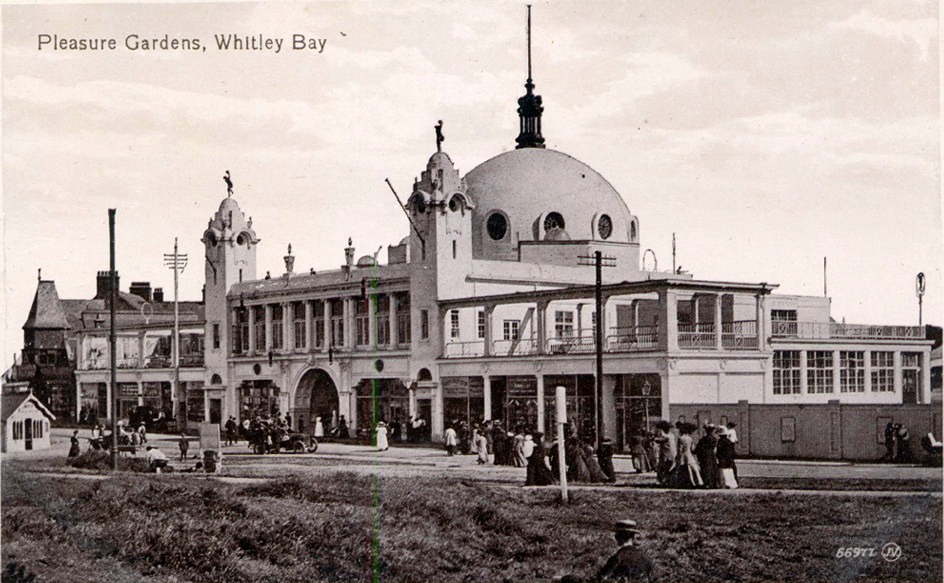
It had performance spaces, shops, a cafe and rooftop gardens. It closed in the early 2000s but was renovated, restored, and reopened in 2018. It’s clearly an important anchor for this small town.
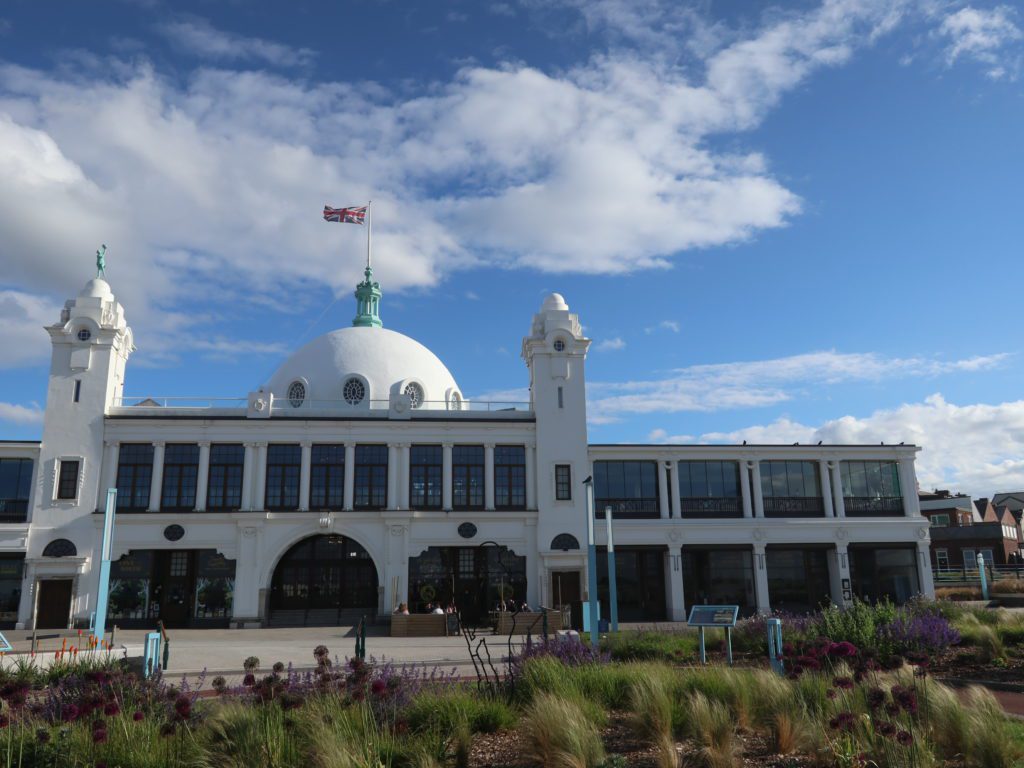
While it is evident the town has had some tough times, it is clearly in the midst of a comeback and is absolutely lovely. Terraced homes with amazing views from every vantage point, all looking out over the North Sea towards Denmark. One could easily spend their days exploring quiet beaches, the evenings enjoying local food and brews, and the nights snuggled in a comfortable parlor reading in front of the fire.
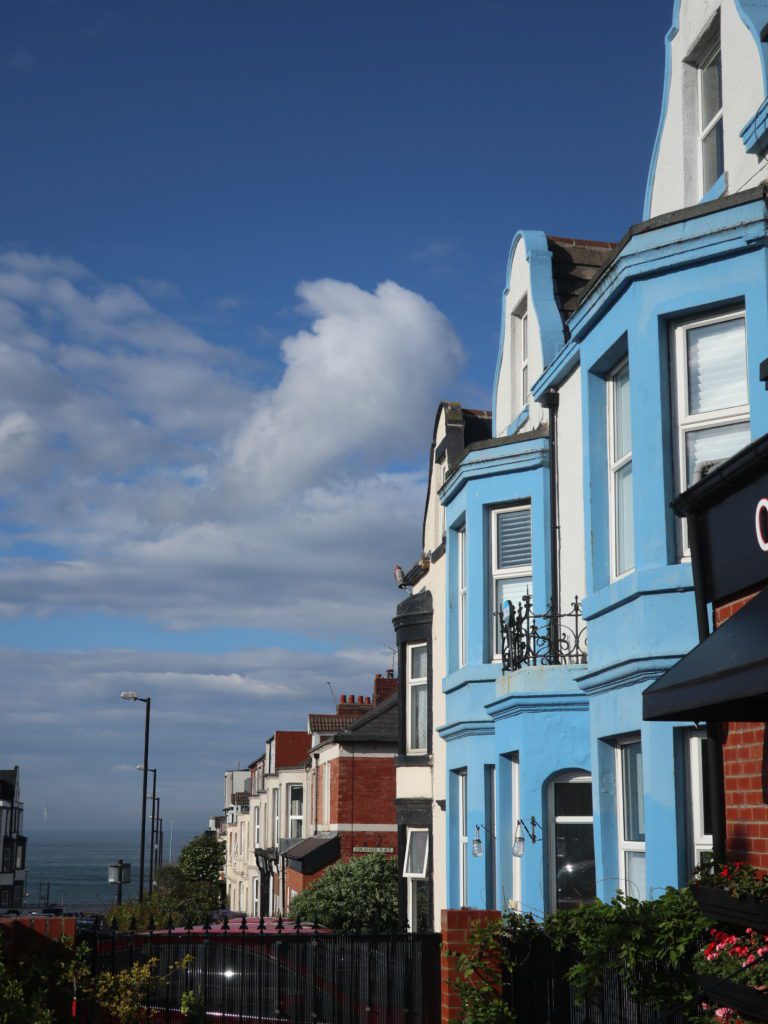
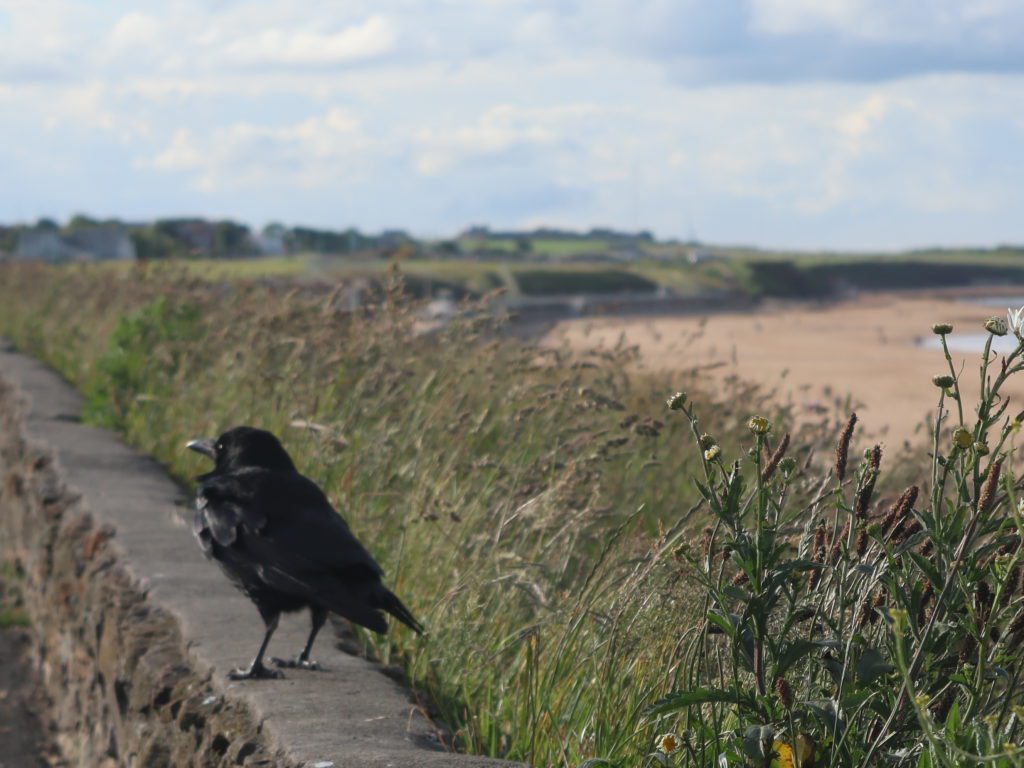
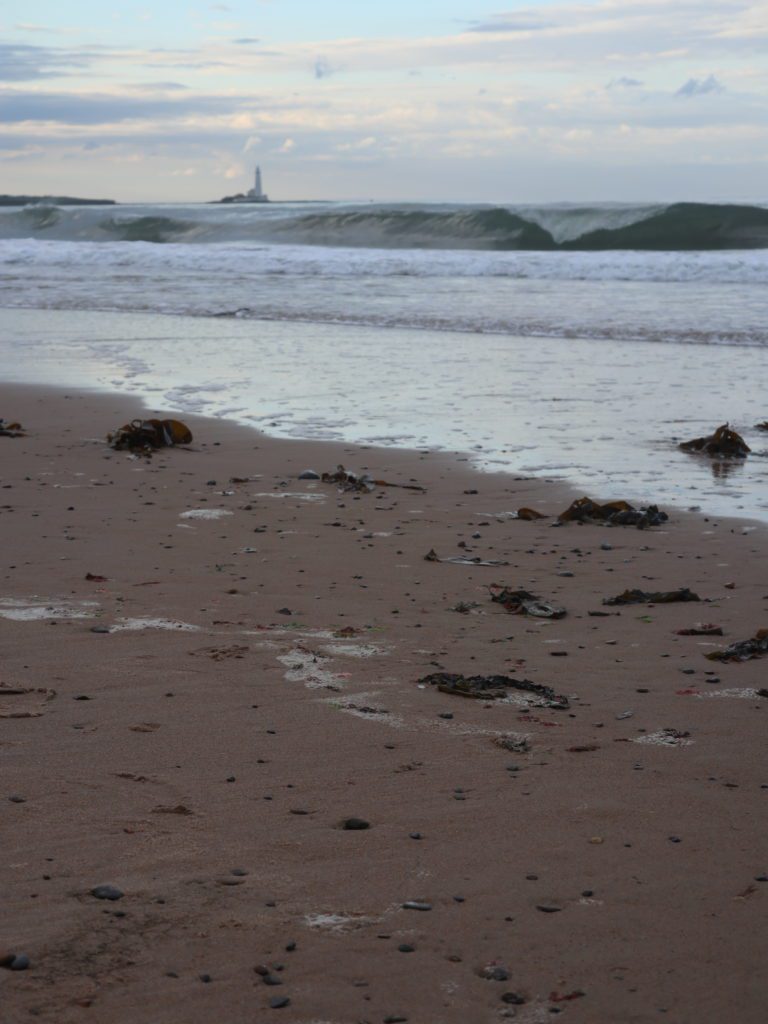
Whitley Bay is also easily accessible from Newcastle and Tynemouth by the local rail system. It’s quick, easy, clean, efficient, and cheap. Everything you need in public transportation.
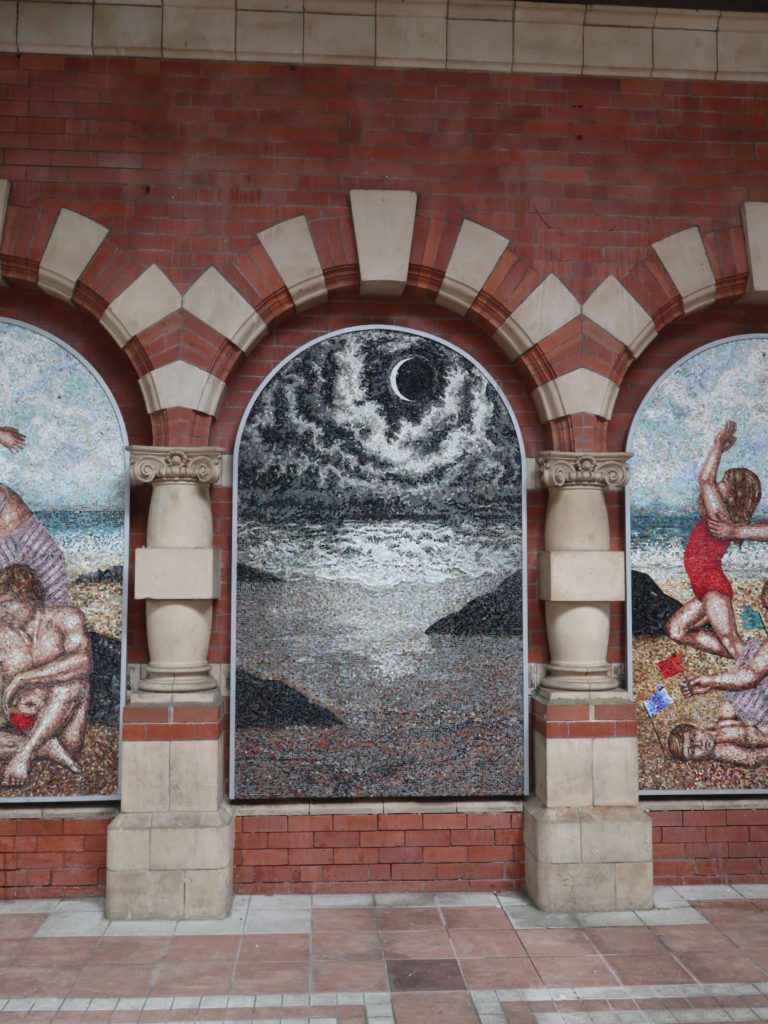
It utilizes the original Victorian depots, which have been renovated to include cafes and local businesses. Just a quick ride from Whitley Bay is Tynemouth, where the Tyne River empties into the North Sea. Sitting on a prominence overlooking the rivermouth is Tynemouth Priory and Castle. There is no mystery as to why this location has been strategically important for the last few thousand years.
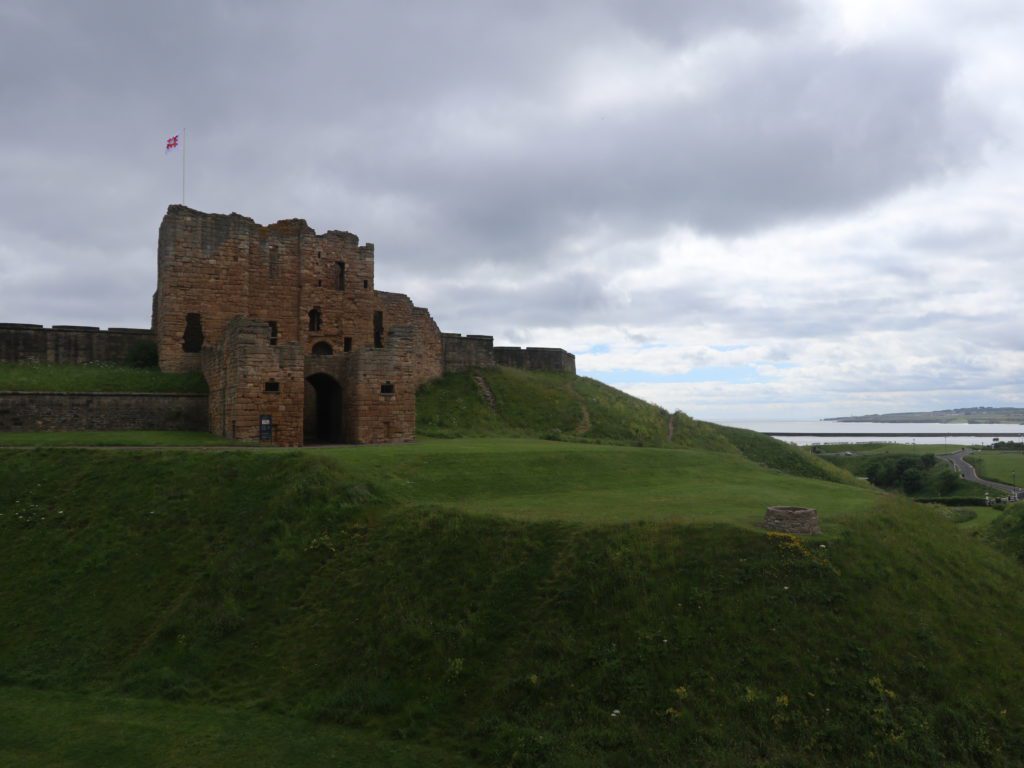
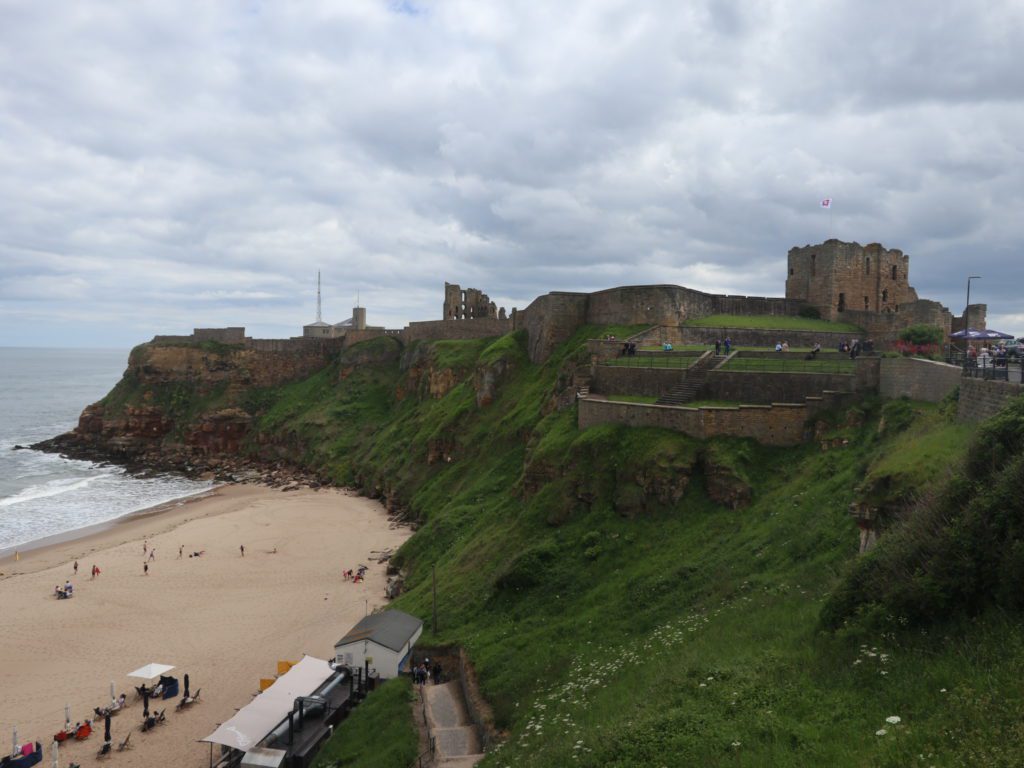
Archaeology shows the bluff has been inhabited at least two centuries before the Roman invasion. It housed a Roman defensive fortress until their withdrawal around 400 AD. History suggests a monastery was founded on the site as early as the 600s. The current ruins date from the 1100s forward, with additions, made over the centuries, including gunner turrets installed during World War I (they were never fired in battle).
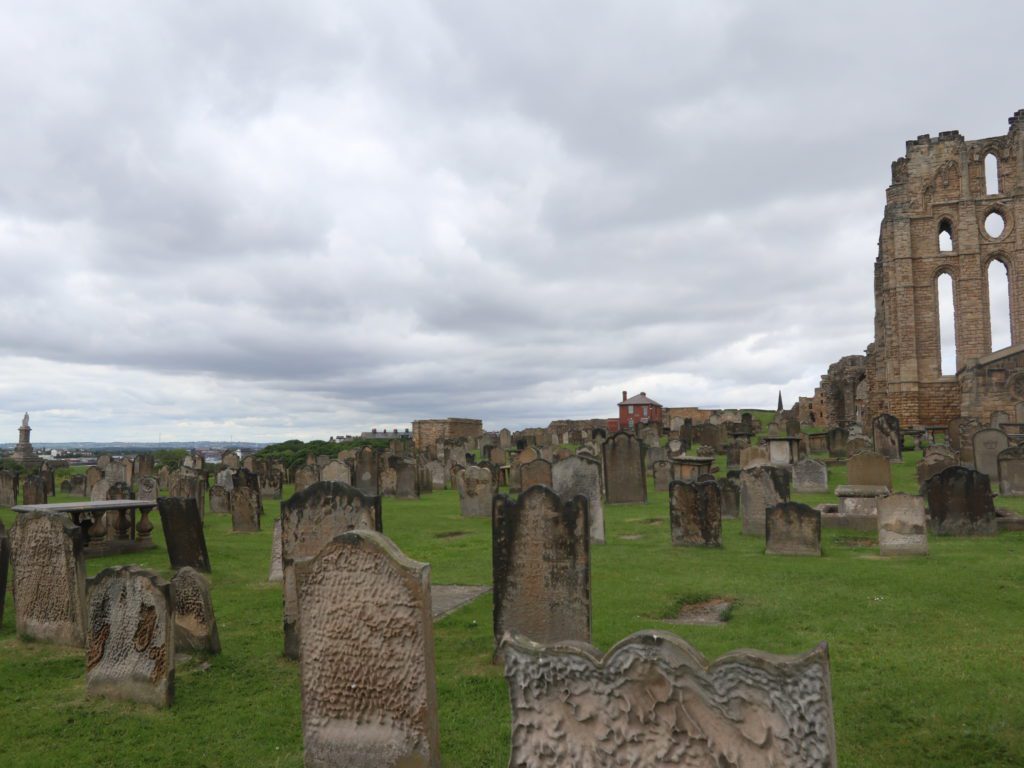
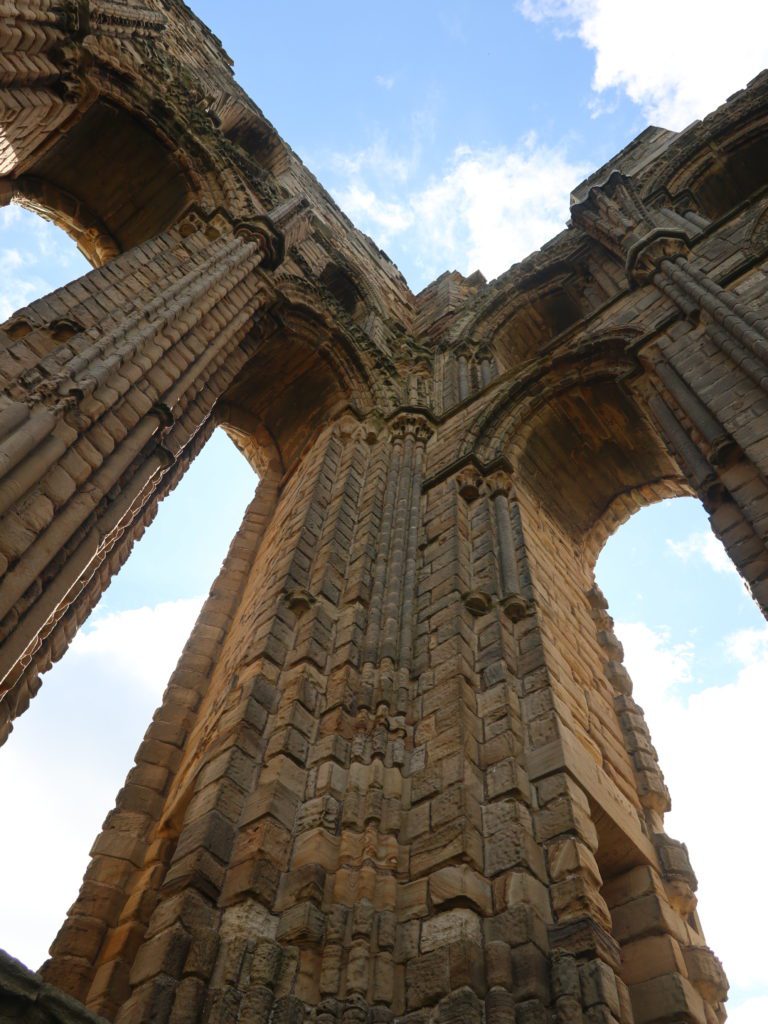
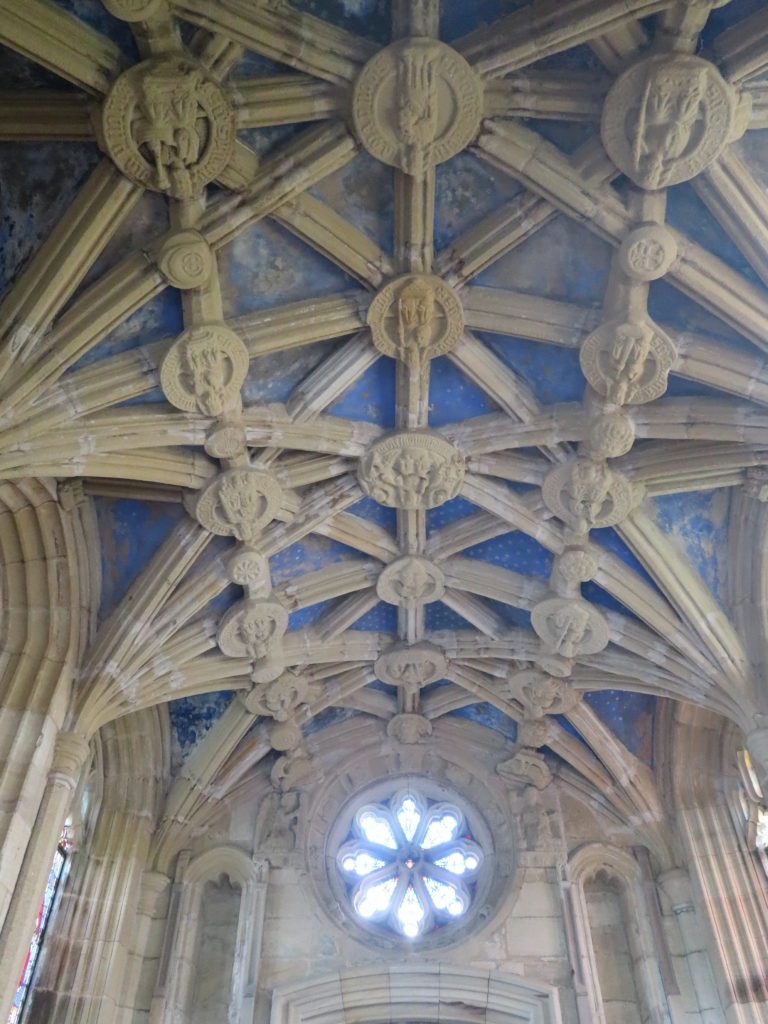
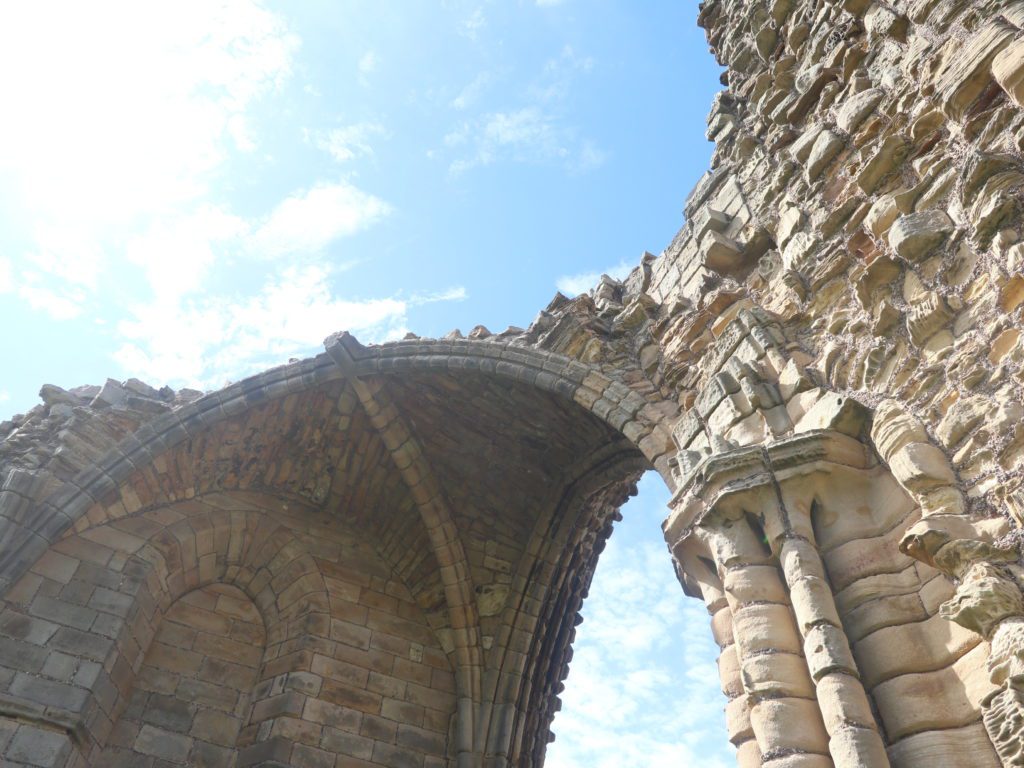
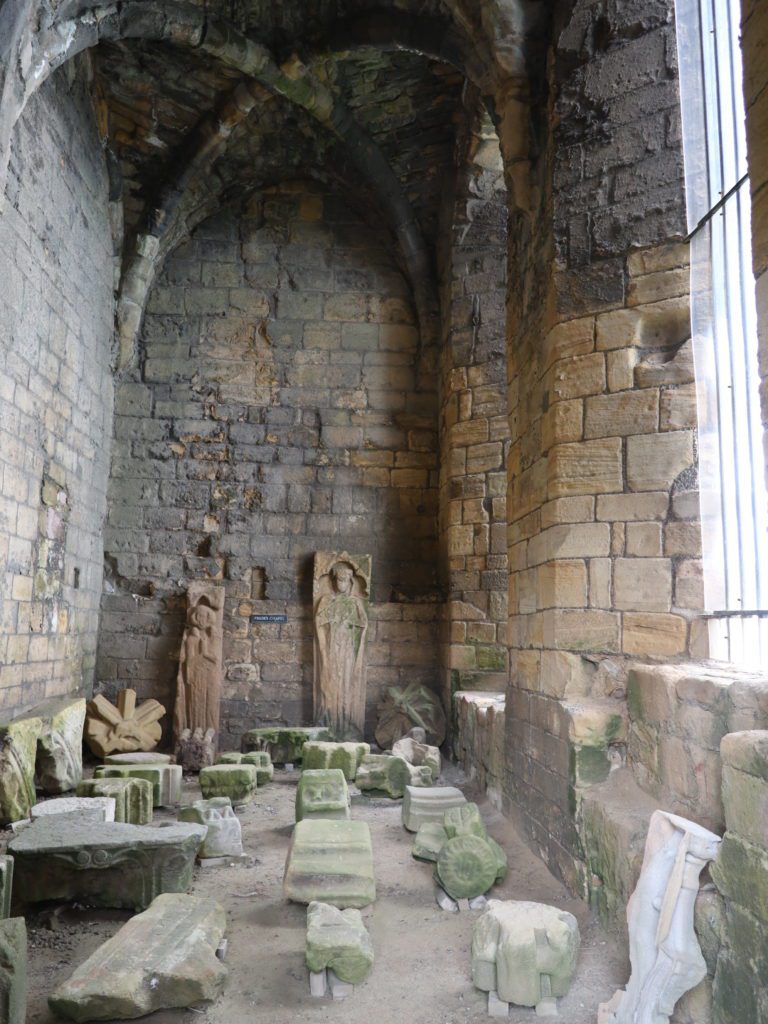
I would probably still be there, wandering the ramparts above the sea if my husband hadn’t reminded me we had other stops to make. But before departing the lovely Tynemouth, we climbed down to King Edward’s Bay to put our feet in the extremely cold water as a sort of good luck baptism for the long walk we were about to take.
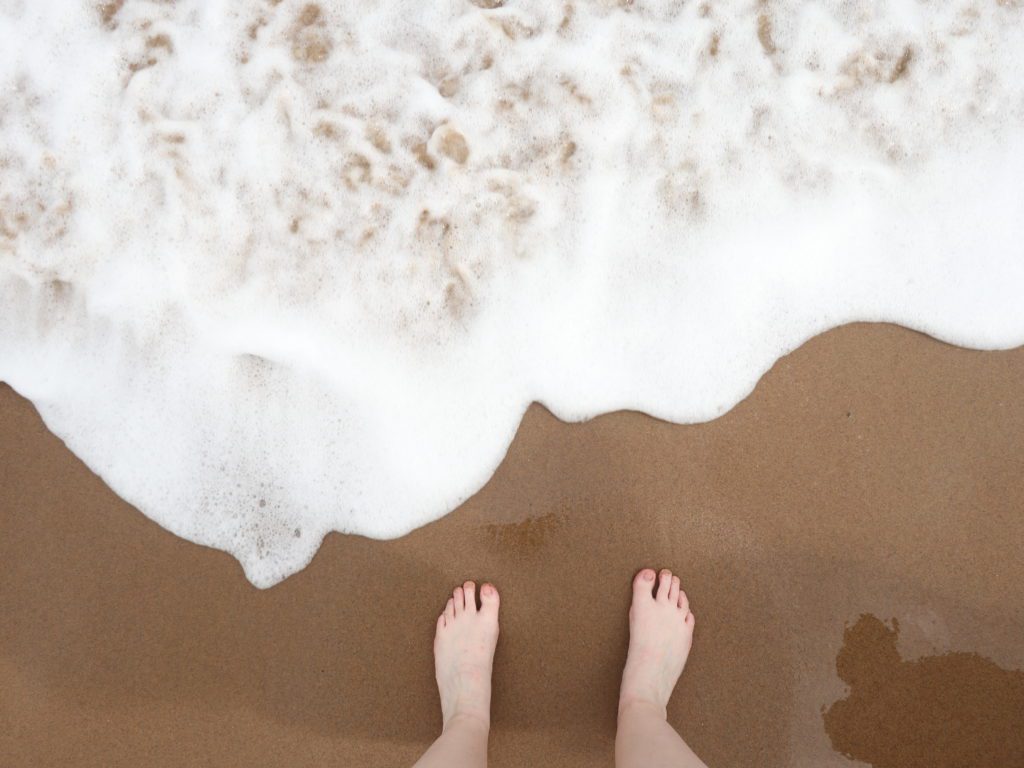
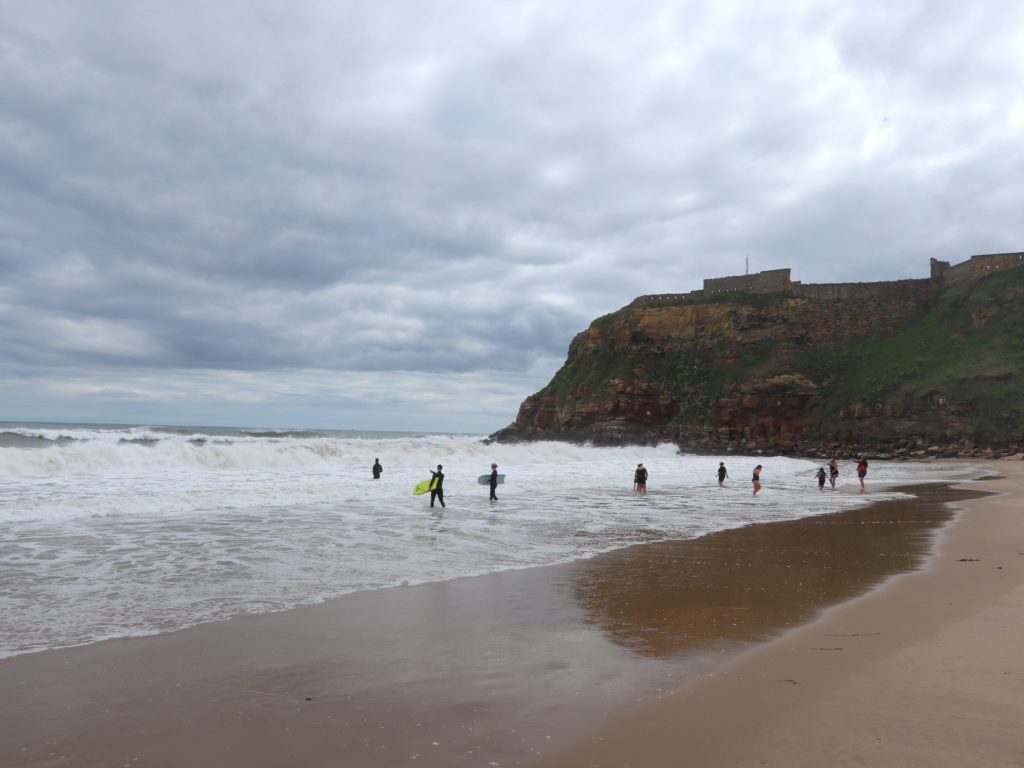
Another short train ride brought us to the heart of downtown Newcastle, a city I knew little about but quickly fell in love with. It too had been a stronghold for the Romans and Emperor Hadrian in particular. The “new” castle that gave the city its name was built in the 1100s. Throughout its life, Newcastle has been central to the shipbuilding industry and industrial engineering.
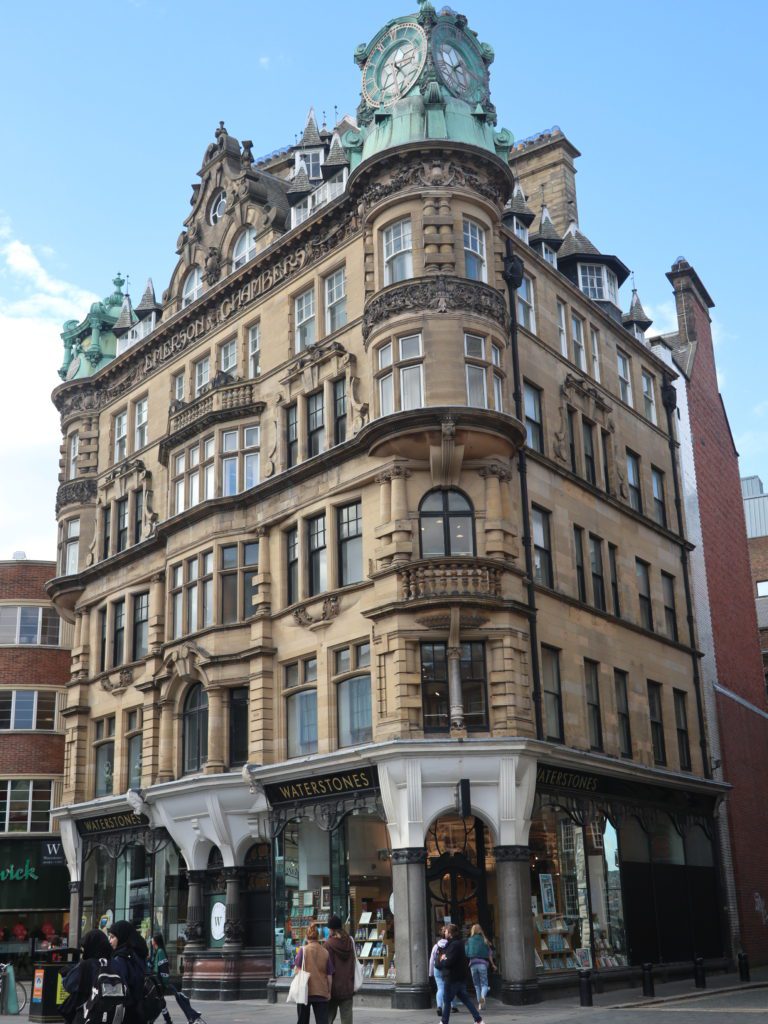
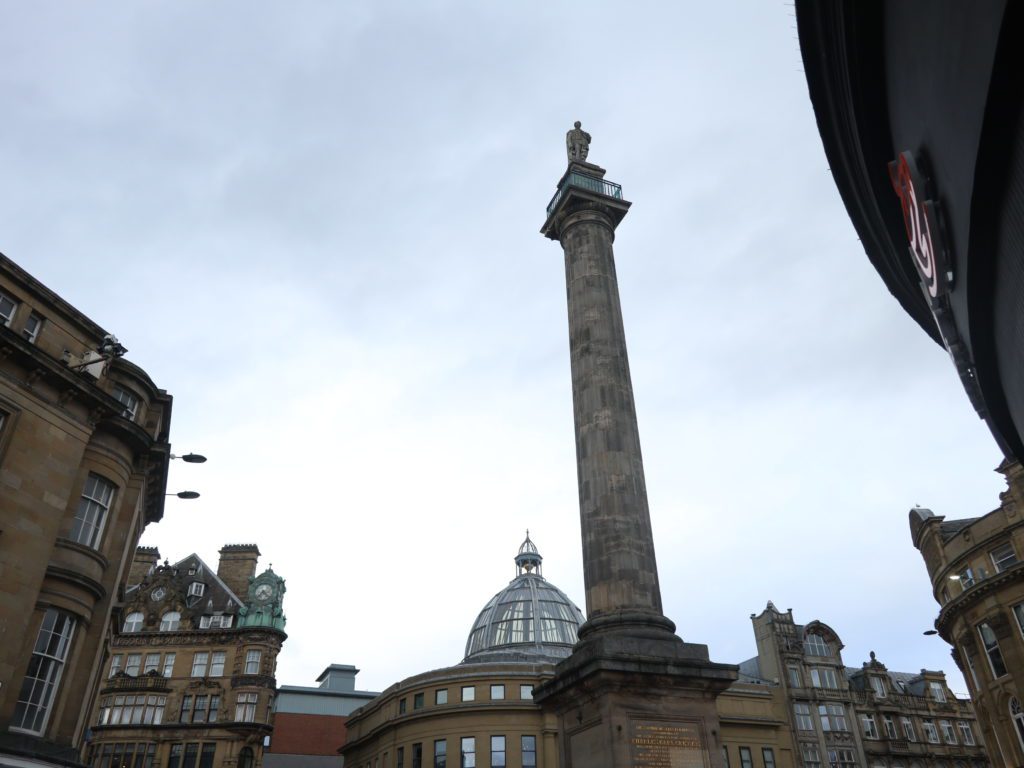
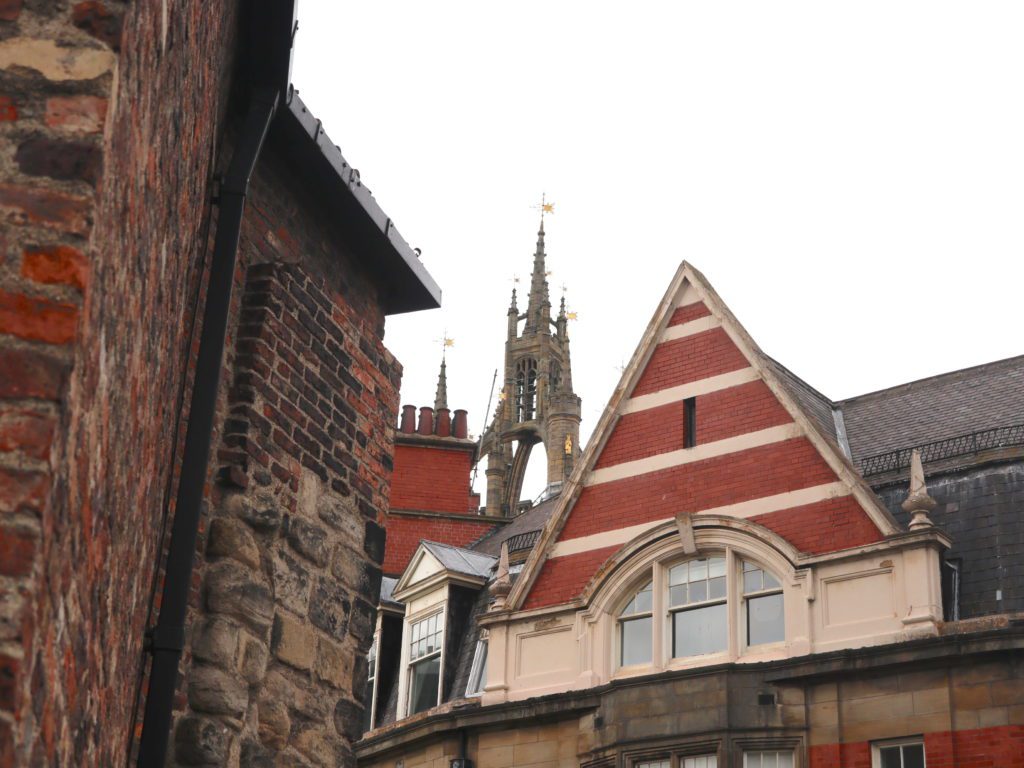
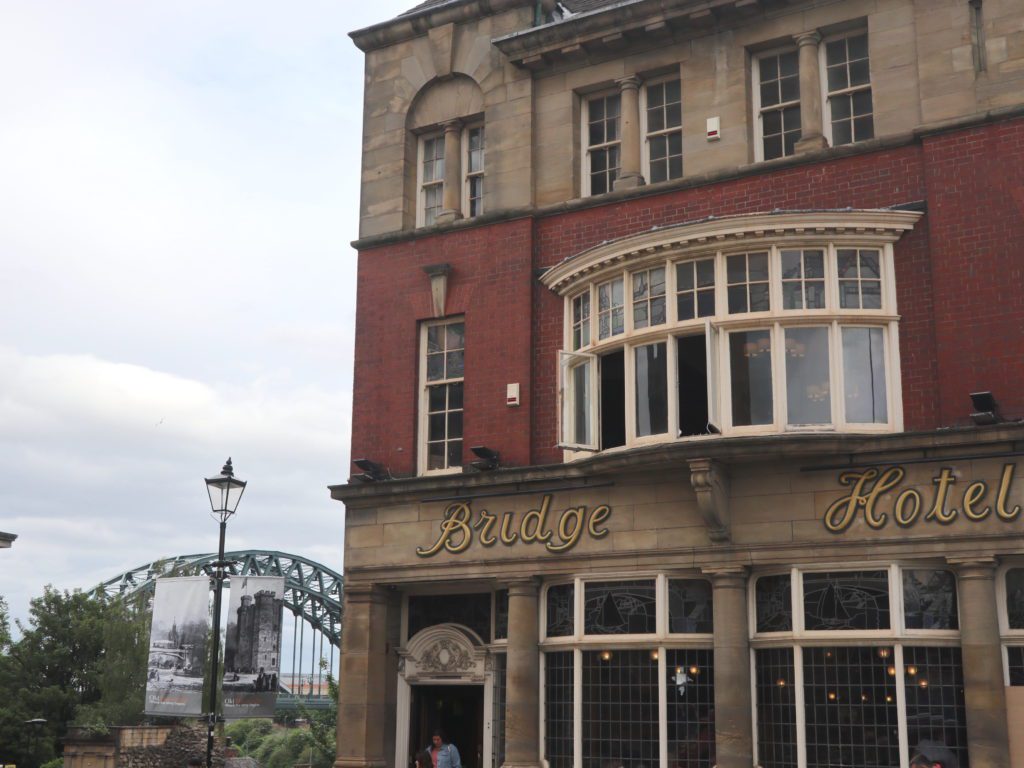
The Tyne is too shallow for large laden ships to use it as a modern port, but its proximity to coal mines and manufacturing centers made it an important hub for support industries. Far from being uneducated workers, however, it should be noted, Newcastle had the first public road in the world to be lit by incandescent lights, and still has the Literary and Philosophical Society, the largest independent library outside of London.
There is plenty of fascinating architecture throughout the city, not least of which is the mysterious vampire rabbit grotesque on an apartment building.
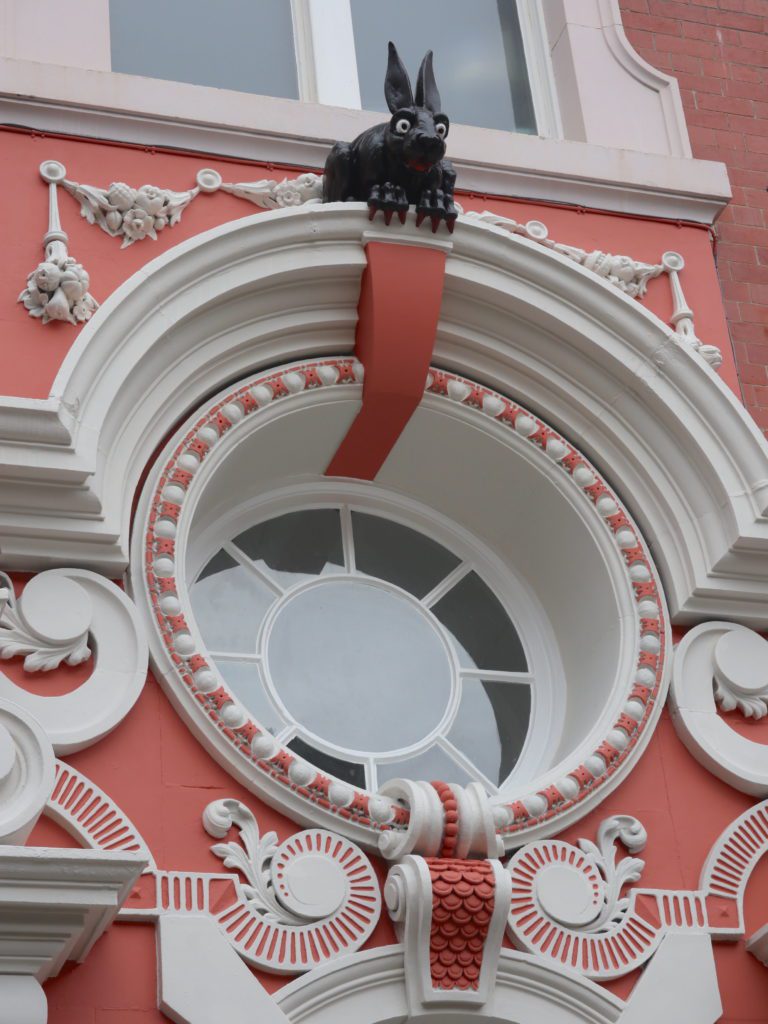
No one is quite sure how the rabbit came to have a red mouth and red claws. Nevertheless, we had a good time on the scavenger hunt finding it and the residents seem to lean into it. The building’s doormat even features a cartoon drawing of the mad hare.
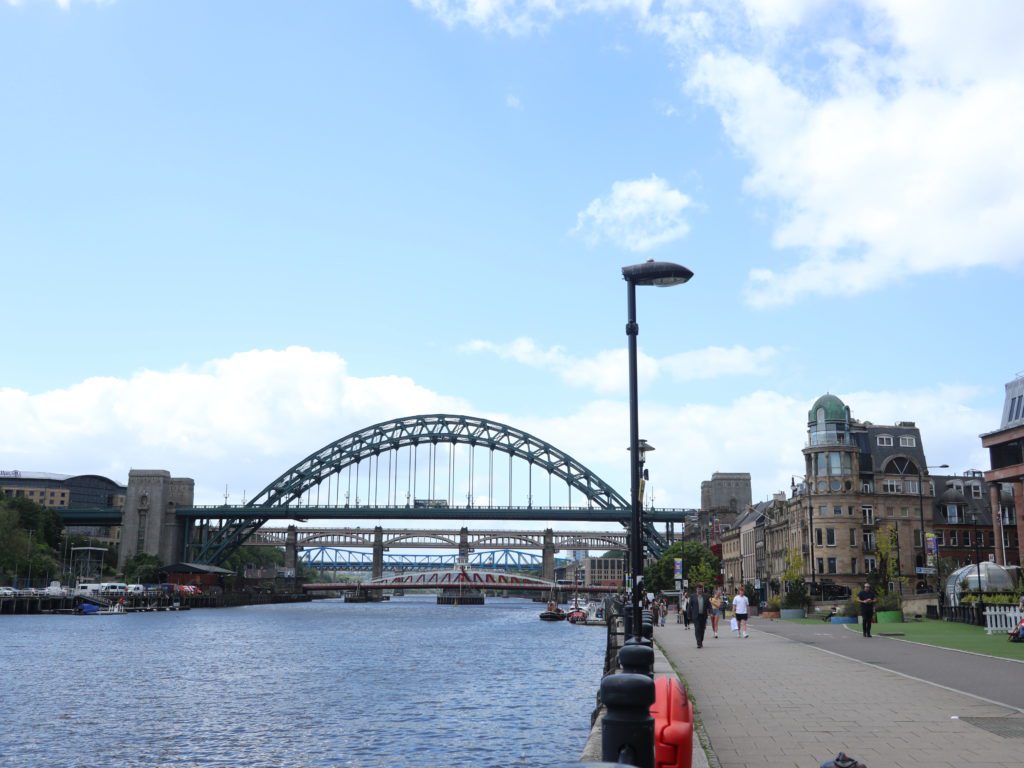
I truly hope we will be able to return and spend some real time in Newcastle. It is clearly a vibrant city with much culture and history to share.
Next, I’ll be highlighting the B&Bs we stayed in along the way.
Be sure to subscribe to get an alert when I post something new!
